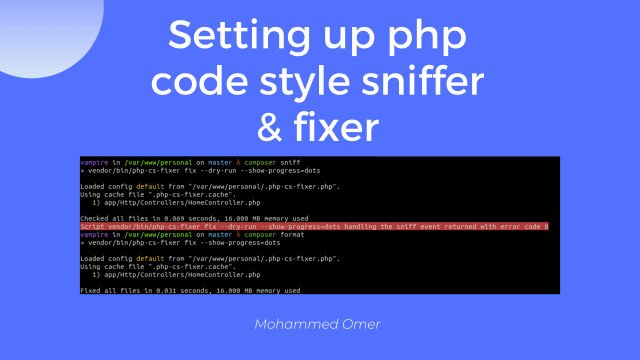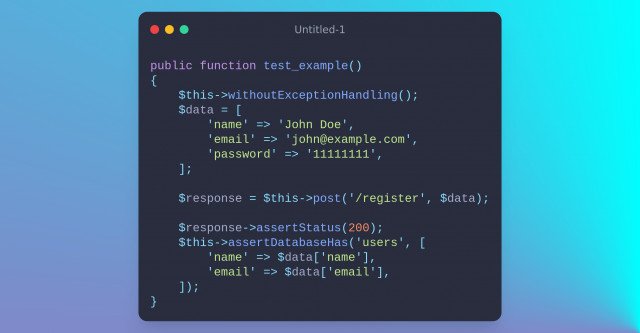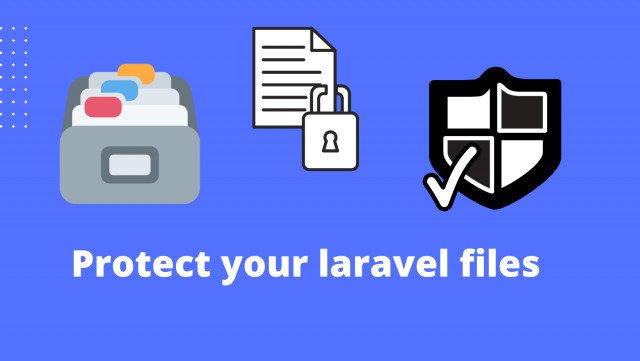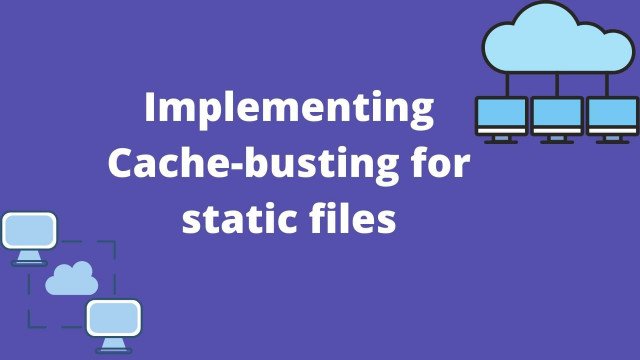
Setting up laravel queue workers using supervisor
~ 3 MINS READ By Mohammed Omer
By Mohammed Omer
Laravel queuing system provides a very easy way to process heavy work or long-running operations (sending emails for example) in the background, keeping the actual request processing time as small as possible, providing a better user experience.
In this post, we are going to setup queue workers to handle background jobs in a production environment.
Our queue driver
we are going to use the database as our queue driver since it is the simplest to configure, but feel free to use any queue driver you want. To specify that we want to use the database as our queue driver we have to change the default QUEUE_CONNECTION value in .env file from sync to database
- QUEUE_CONNECTION=sync
+ QUEUE_CONNECTION=databaseThen we will create and migrate a database table for queue jobs
php artisan queue:table
php artisan migrateNow our laravel configuration is ready for processing queues.
Creating and running queue workers using supervisor
At this point, our queue is ready but there is no process that is watching our queue and processing incoming jobs. This is what we are going to create now, a number of processes to handle our queue jobs. To achieve this, we are going to use supervisor which is a process manager that monitors and controls processes.
To install supervisor, simply run
sudo apt install supervisorThen check if it is running as a service
sudo systemctl status supervisor.serviceNow we need to create a supervisor configuration file in /etc/supervisor/conf.d directory, I will call it queue-worker.conf
sudo nano /etc/supervisor/conf.d/queue-worker.confadd the following content to instruct supervisor to run our queue workers
make sure to replace the path /var/www/project to match your project path
[program:queue-worker]
process_name=%(program_name)s_%(process_num)02d
command=php /var/www/project/artisan queue:work --tries=3
autostart=true
autorestart=true
stopasgroup=true
killasgroup=true
user=www-data
numprocs=5
redirect_stderr=true
stdout_logfile=/var/www/project/storage/logs/queue.log
stopwaitsecs=3600The above configuration will instruct supervisor to create 5 processes (you can change this number to your liking) to handle our laravel queue. And it will try to auto restart the process if they somehow stopped running, and rerun them after system reboot.
To avoid permission issues, If you are not using
www-datagroup as owner of your project files, you have to changewww-datato the user owning your project files.
To instruct supervisor to read our new changes we run:
sudo supervisorctl rereadThen we tell supervisor to run our queue workers
sudo supervisorctl updateTo check if our queue workers are running we do
sudo supervisorctl statusThe above command should output something like this
queue-worker:queue-worker_00 RUNNING pid 35589, uptime 0:00:20
queue-worker:queue-worker_01 RUNNING pid 35590, uptime 0:00:20
queue-worker:queue-worker_02 RUNNING pid 35591, uptime 0:00:20
queue-worker:queue-worker_03 RUNNING pid 35593, uptime 0:00:20
queue-worker:queue-worker_04 RUNNING pid 35595, uptime 0:00:20Now we have several processes processing our queue jobs in the background, and supervisor is making sure that they are always up!










